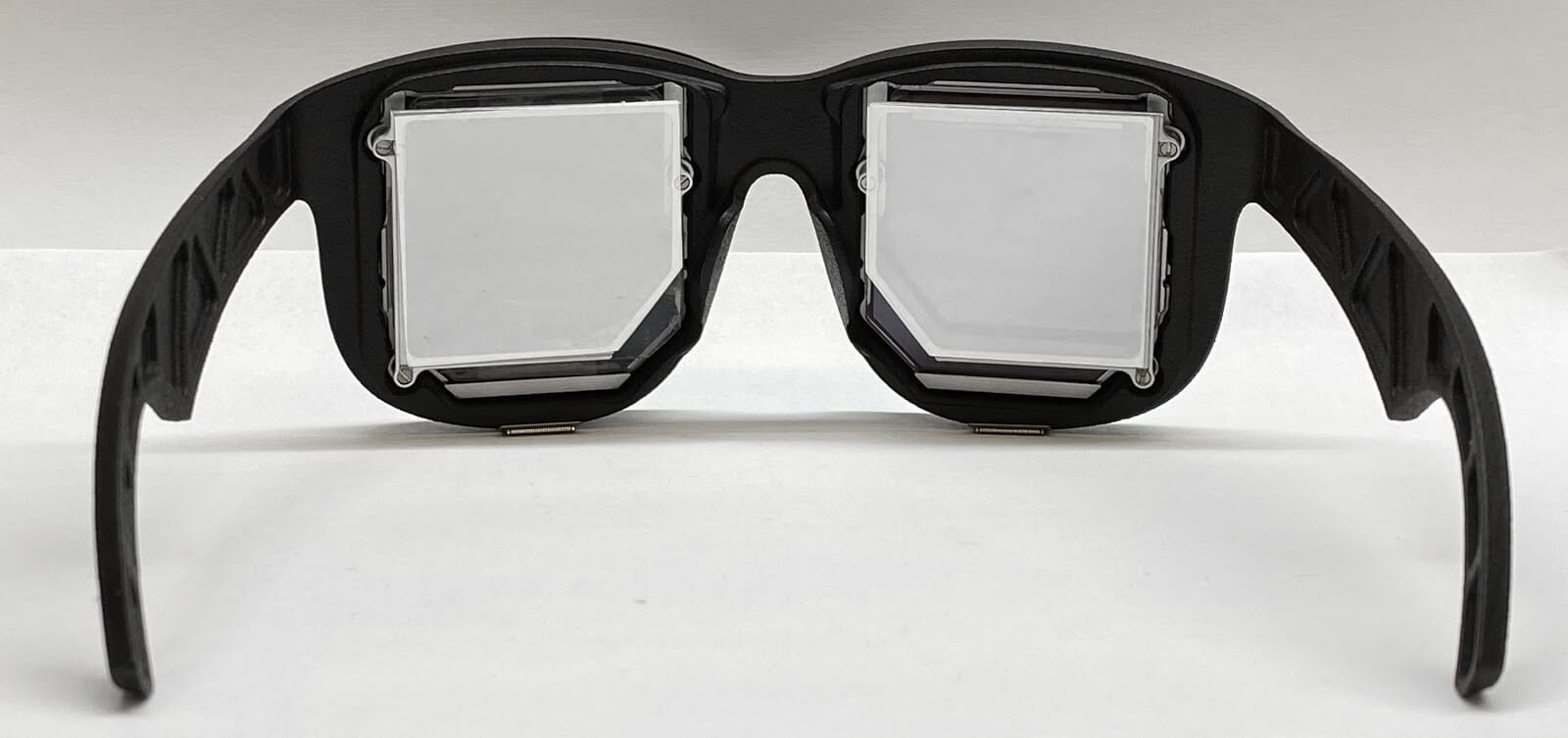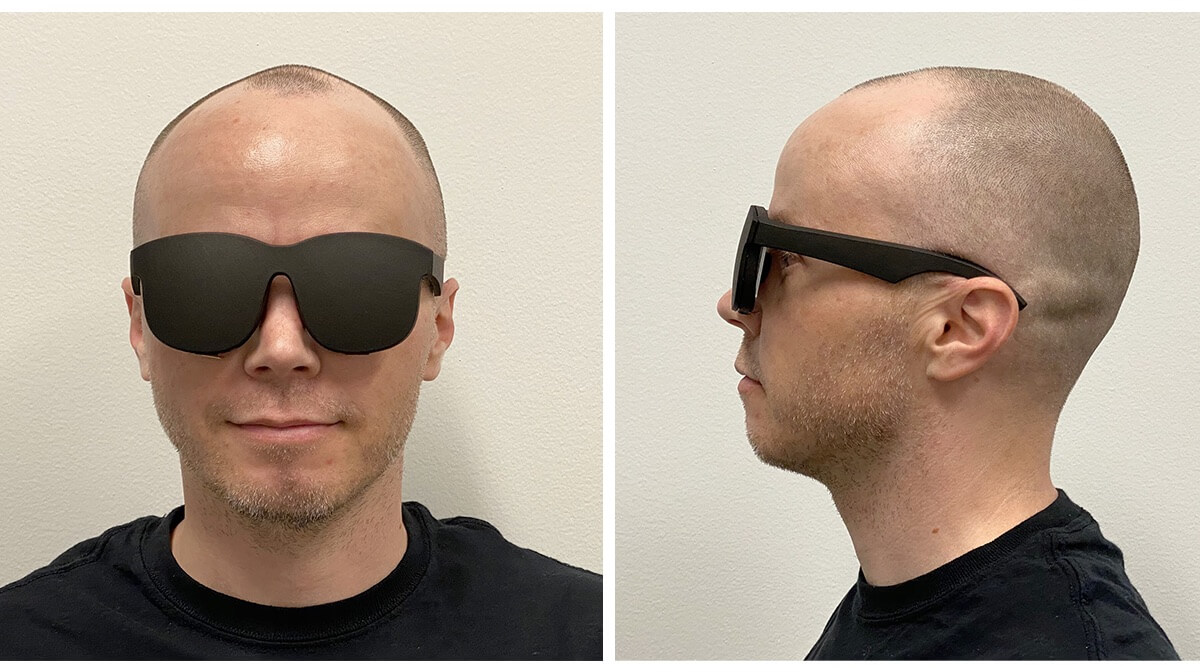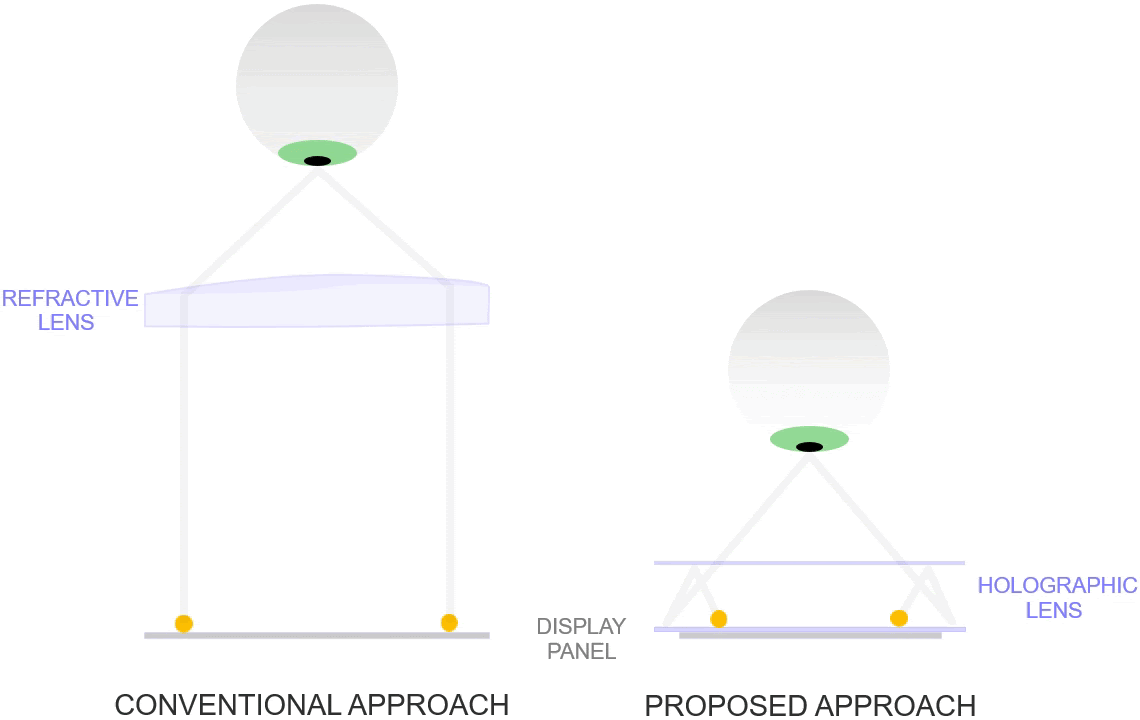The bleeding edge: Virtual reality headsets are both expensive and uncomfortable to use for extended periods, not to mention that most need to be tethered to a PC to make the magic happen before your eyes. Facebook has been making progress in the labs with prototypes that solve some of these issues, which means that we could one day enjoy great VR experiences on headsets that look like a pair of sunglasses.

Facebook's VR strategy has changed a lot in the last few years. The company opted to consolidate its efforts and focus on standalone headsets like the Oculus Quest that offer richer experiences for consumers instead of entry-level models like Oculus Go that were supposed to open your appetite for virtual reality.
The social giant recently published a paper about something that's even more important than how much processing power and advanced head and gesture tracking you can pack into a headset: comfort.
One of the main reasons why VR headsets like the Oculus Quest and AR headsets like Microsoft's HoloLens are not mainstream is that they are bulky and cumbersome to use for hours on end, despite the companies' efforts to improve ergonomics and overall weight.

Engineers at Facebook's Reality Labs have come up with a new proof-of-concept that deviates a lot in terms of design from what is commercially available today. It more closely resembles a pair of large, trendy sunglasses as opposed to traditional models that tend to cover half of your face and make you look like a walking science experiment.
Second, the prototype headset is relatively thin at just 9 mm for the display portion. Facebook says it was able to come up with a "new class of near-eye displays" that mix holographic optics and polarization-based optical folding. This technology should serve as an ideal candidate technology for future VR headsets with a smaller form factor.
The company claims the displays have a field of view "comparable to today's consumer VR products." Specifically, the proposed optical architecture uses a holographic lens rather than the refractive one used in conventional solutions. Instead of a bulky lens, you can have multiple layers of thin holographic film that, together with directional backlights, lasers, and the projection system, weigh less and fit in a smaller space.

Facebook is aiming for a weight of around 10 grams for prototypes that deliver a 93-degree field of view and a resolution of 1200 by 1600 per eye. The only issue is that color gamut isn't where it could be. The company claims it has bench prototypes that can go beyond the sRGB color space commonly supported in conventional PC monitors. It's only a matter of time until it figures out a way to miniaturize the headset display lasers for a sunglasses-like form factor.
Keep in mind that this is just a glimpse of Facebook's work on making VR headsets more comfortable to wear, and it's going to be a while until we see an actual commercial product to reflect this progress.
Companies like Apple and Google have also intensified their VR and AR efforts in recent years, hoping to be the first to come up with the next big thing to replace smartphones. Google earlier this week acquired smart glasses startup North, and Apple has both a VR headset and a pair of AR glasses in the works, one of which could be unveiled as early as 2022.
https://www.techspot.com/news/85834-facebook-made-prototype-vr-headset-doesnt-look-make.html